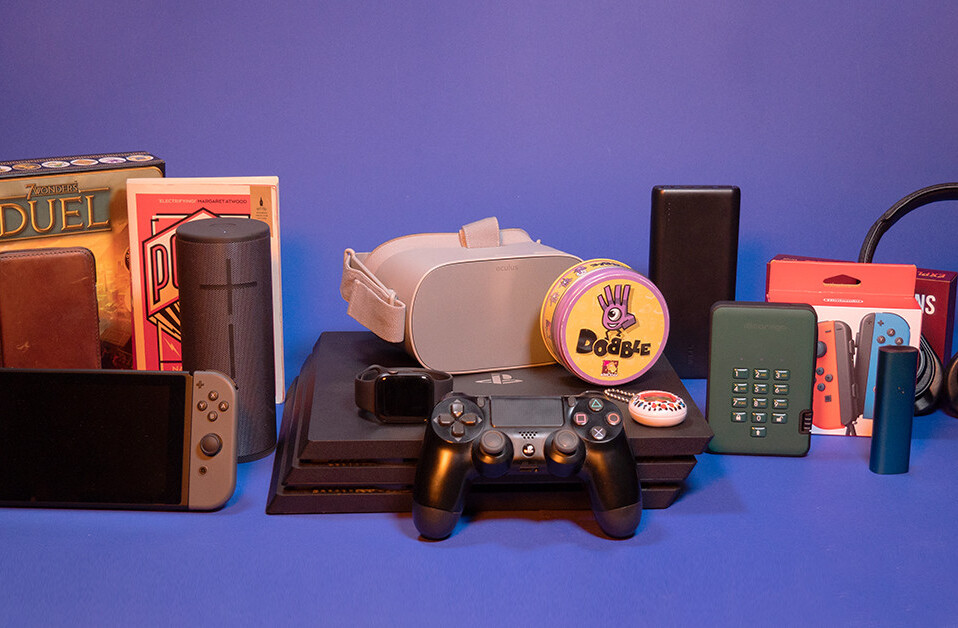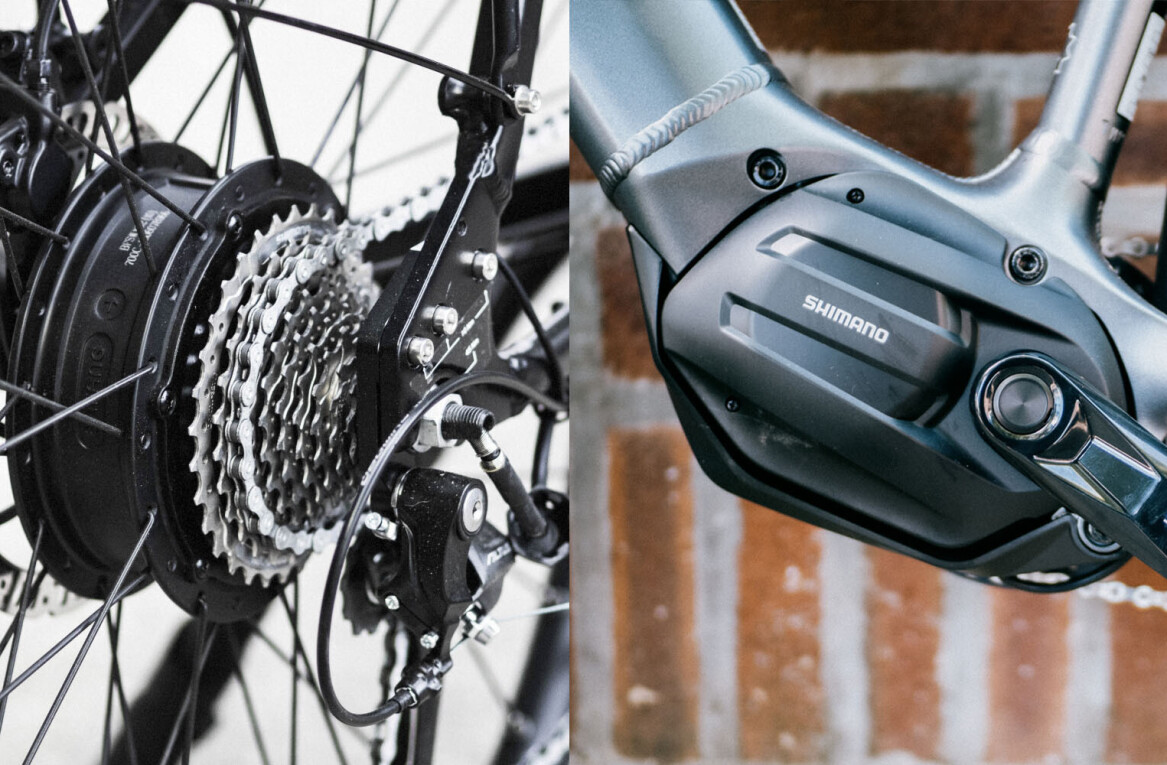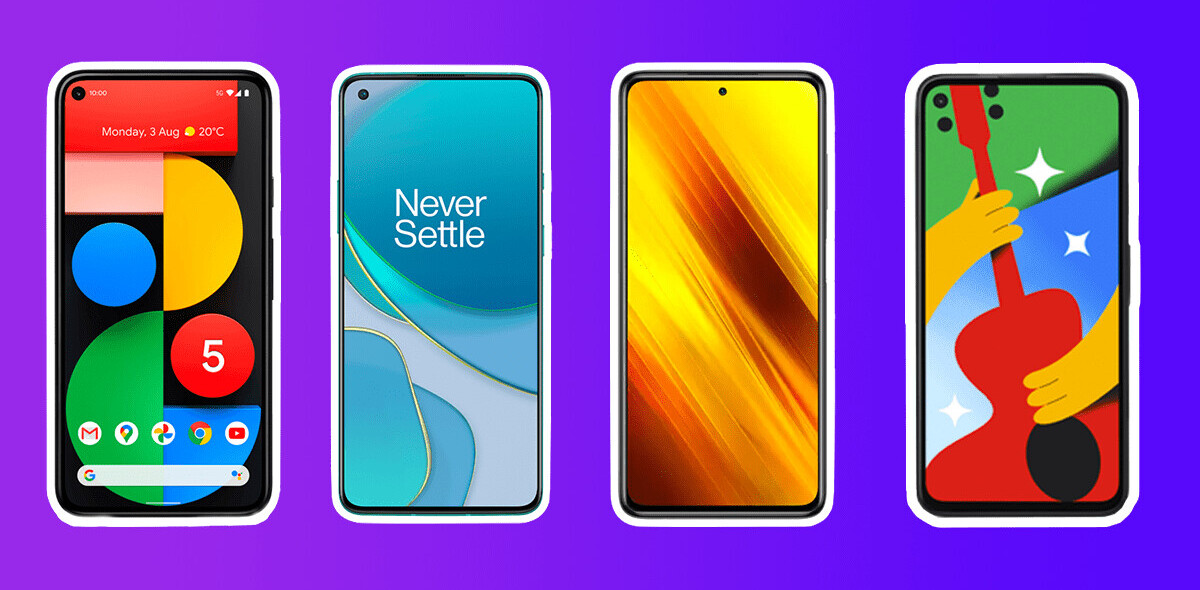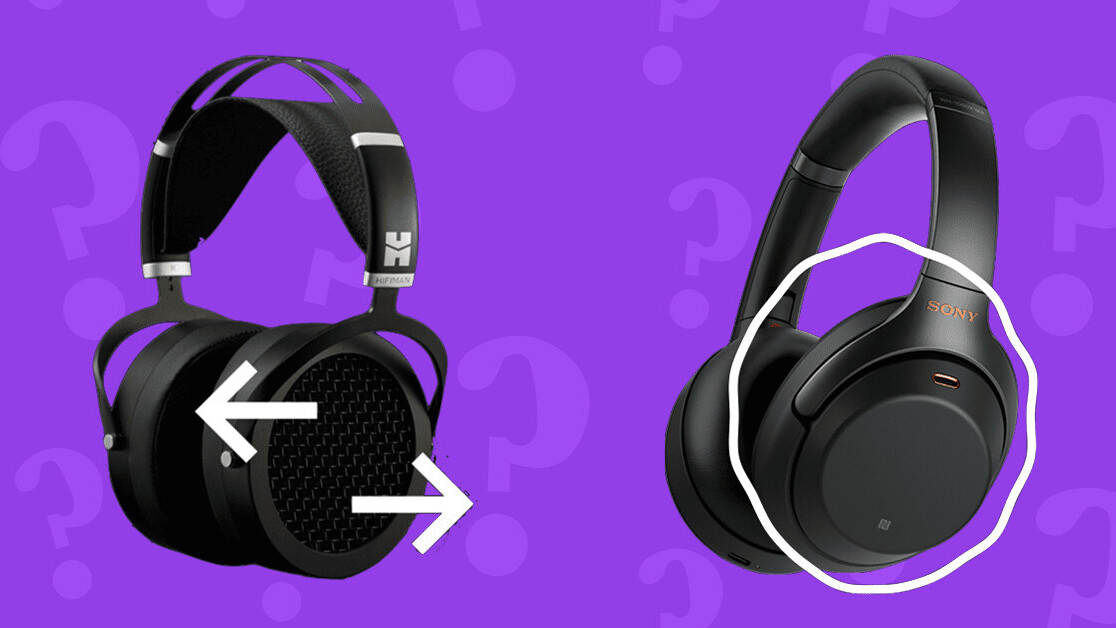
If you don’t love headphones, then I’m worried about you. Do you like sunsets? Puppies? Food? Anyway, as fantastic as musical earmuffs are, they can also be a little confusing. And that’s why we’re here. Today, we’re going to answer a common question: what’s the difference between open-back and closed-back headphones?
Your response to that might be “who cares?” — and the answer? You. You should care. Whether a pair of headphones is open- or closed-back makes a huge difference to the sound.
Without any further messing around, let’s just jump straight in.
Tell me, what are open-back headphones?
The phrase “open-back” is pretty descriptive and gives you a clue on what to expect. Literally, the headphones’ enclosure (AKA the bit that goes around your ears) allows sound to travel through it.
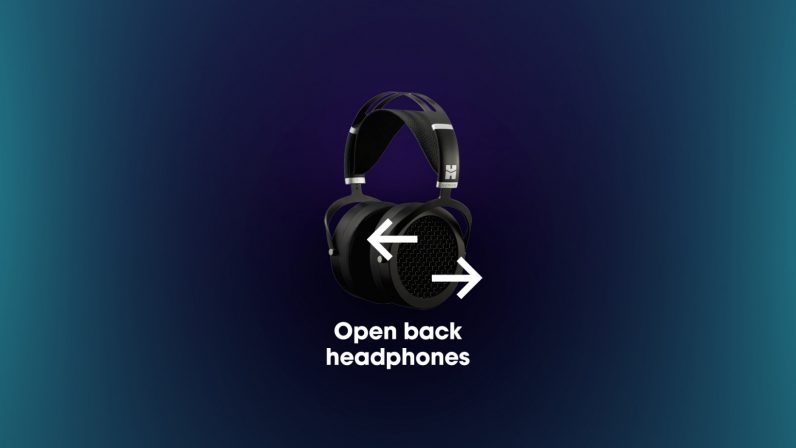
So why would you want a pair of headphones that let sound out? Well, there are two main reasons: comfort and spaciousness.
Open-back headphones are nicer to wear for long periods of time, as the airflow makes your earholes happier. Sound-wise, the open-back design allows audio to move freely, which gives this sensation of being in the same room as the musicians. They really are lovely.
But… there are some downsides to open-back headphones. Because sound isn’t blocked by the enclosure, cans of this variety aren’t good for public listening. Unless you want people near you to hear everything you’re pumping.
You can find a bit more detail about all that here.
We’re close to working out the difference between closed-back and open-back headphones, but now, let’s see what makes the former special.
So… what are closed-back headphones?
At this point, I bet you can guess, but let’s get to it: closed-back headphones have an enclosure that specifically try and stop sound getting in and out.
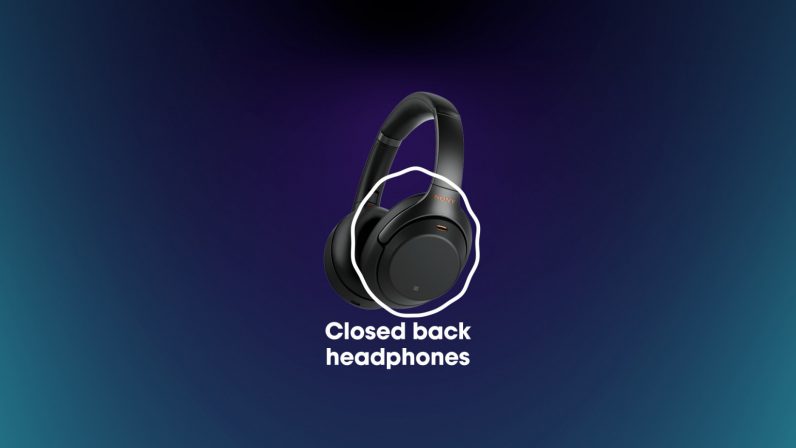
If you don’t know what pair of headphones you have, the chances are they’re closed back. These are the most common cans shipped and sold across the world. If you have a pair of headphones like the Sony WH-1000XM4, Bose QuietComfort 35 II, or the Sennheiser Momentum 3, then you’re rocking a pair of closed-back cans.
The biggest benefit to closed-back headphones is they’re ideal for public listening. But they can produce tiny echoes inside the earcups, as the sound bounces between your ears and the enclosure. Nor are they as comfortable as open-back cans.
What’s the difference between open-back and closed-back headphones?
Closed-back headphones have an enclosure that tries to block the movement of sound, open-back headphones don’t. Here it is in picture form:
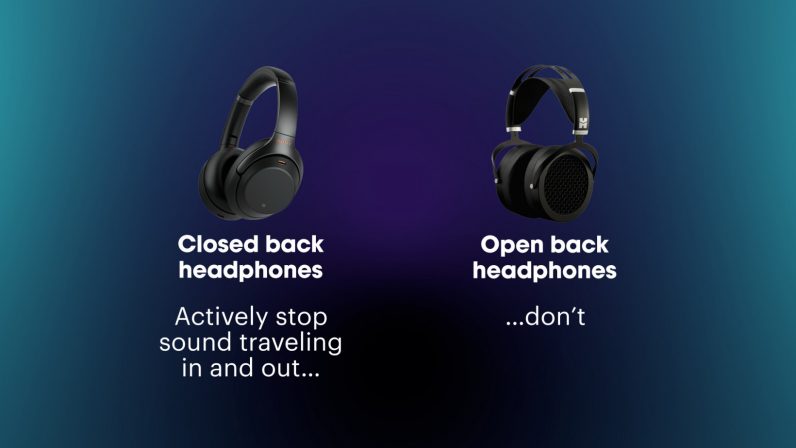
Are you interested in more info about headphones in general? Then I suggest you head over here. Or, even better, watch the video we created all about issues like this. Go on, check it out:
Are there any more topics you’d like us to cover? Then let us know on Twitter! Until then, enjoy your headphones, people.
Get the TNW newsletter
Get the most important tech news in your inbox each week.


